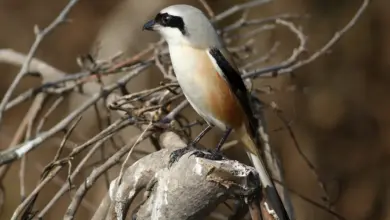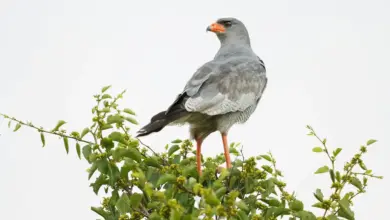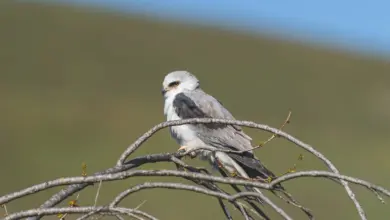Steppe Buzzards
Steppe Buzzards
Birds of Prey
The Steppe Buzzards (Buteo buteo vulpinus) breeds from eastern Europe eastward to the Far East, excluding Japan. It is a long-distance migrant, excepting some north Himalayan birds, and winters in Africa, India and south eastern Asia.
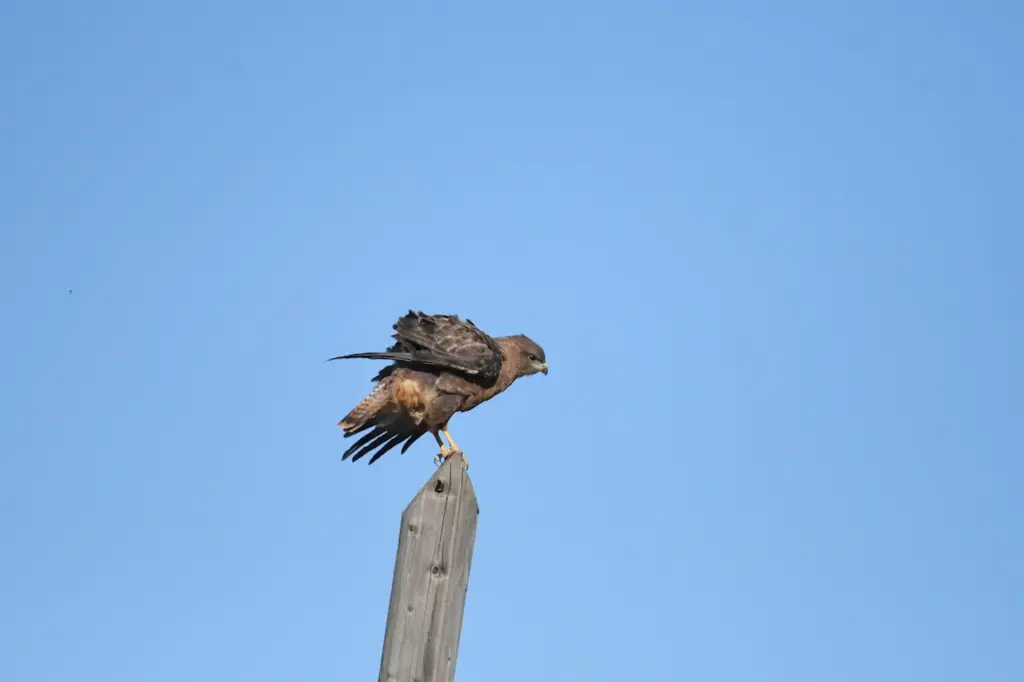
In the open country favoured on the wintering grounds, Steppe Buzzards are often seen perched on roadside telephone poles.
Steppe Buzzard is some times split as a separate species, B. vulpinus.
Description
The Steppe Buzzard is slightly smaller than the nominate form, the Common Buzzard, averaging 45-50 cm in length.
It is also longer-winged and longer-tailed. Its tail is also paler than the nominate form and often quite rufous, quite similar to that of the North American Red-tailed Hawk.
The upperwings have pale primary patches, and the primary flight feathers are also paler when viewed from below. Adults have a black trailing edge to the wings.
There are two color morphs; the rufous form and a dark grey form. Both morphs often have plain underparts, lacking the breast band frequently seen in the nominate Common Buzzard (B. b. buteo).
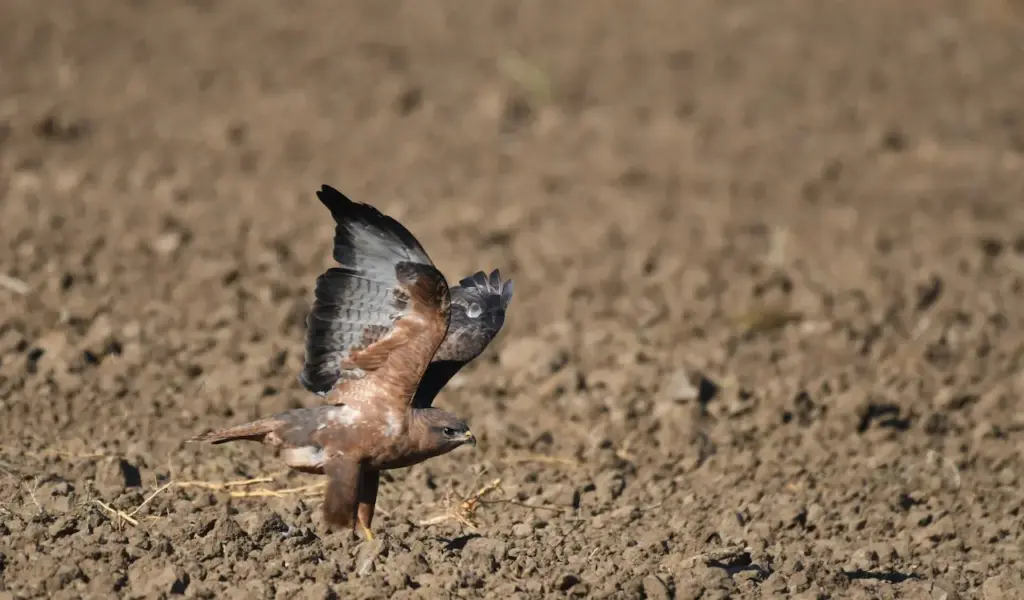
Similar Species:
-
- Common Buzzard (differences described above)
- Forest Buzzard (B. [b.] trizonatusis) very similar to the Steppe Buzzard, but the adult can be distinguished by its whiter underparts and unbarred flanks. The Juvenile differs from the same-age Steppe Buzzard by its white front and tear-shaped flank streaks. Also, the Forest Buzzard, as its name implies, favors evergreen woodlands including introduced eucalyptus and pines, whereas the Steppe Buzzard is usually seen inmore open habitats.
Please Note: The articles or images on this page are the sole property of the authors or photographers. Please contact them directly with respect to any copyright or licensing questions. Thank you.

